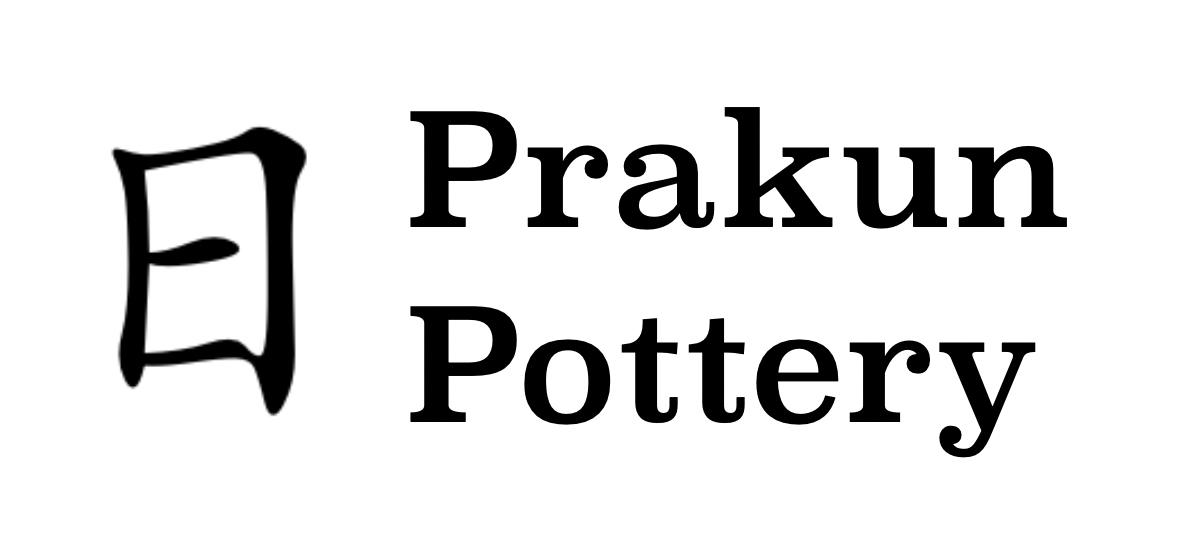Playing With Fire
18 July 2021
The last two months before a show usually find me tethered to the studio. I’m in that window now—In This Sign is opening at the Harrison Center on August 6—so it’s a little counterintuitive that I spent the first part of June in Wisconsin. But it was a pottery-related trip.
I met up with seven other ceramicists, including my pottery prof from college, and together we spent nine nine-hour days rebuilding a wood-fire kiln at a camp in the Northwoods. It was hard work: angle-grinding bricks until our hands shook and packing them Tetris-tight to minimize heat loss.
Day 1: plumb-lines, lasers, and the first bricks go down.
Day 2-3: Organizing bricks; stacking and mortaring the firebox (the front part of kiln with the four long holes).
Day 4-5: Laying the brick arch by using a wood frame as a brace.
Day 6-7: Casting the keystone of the arch; building the back of the kiln.
Day 7: Angle-grinding the back of the kiln so that the welded metal frame will fit.
Day 9: The final bricks are laid to form the chimney.
In the afternoons, we threw pots for the kiln’s inaugural firing. I’d brought some bisqued pieces up from Indy as well, and by the time we finished building, I had shelves of glazed fermentation crocks and vases and lanterns and serving bowls and mugs. This is almost the end of the process for a typical kiln. You load the pieces, program the settings, and walk away.
Wood kiln firings are far more involved. They’re loaded from the inside, a potter crouching like Gollum in his lair as he or she arranges the pots into a shape that will direct the flow of fire. The door is built shut with brick. The fire is candled, or built slowly, for five hours. Then it’s fed every 4-10 minutes for another 14 hours till it reaches maturity. The process is guided mostly by sound—there’s a subtle change in the roaring when the flames are hungry—and when the metal hatch is opened for more wood, the fire shines brighter than sunlight on the arms of the people who stoke it. Fresh wood lands on the embers with the tinkle of breaking glass.
Some of my pieces, glazed and unfired.
Day 10-11: FIRE!
Our new-built kiln was efficient, and it only took eleven and a half hours to reach its maximum heat. It took two days to cool. We opened it Saturday evening to find our pieces transformed. The shapes thrown in porous clay were hardened as ceramic, their dusky glazes now rendered brilliant or metallic or glass-dappled by the ash. It was a change mysterious as resurrection. It was also just as much a gift: I’d made the pots and co-labored in every part of the firing process, but the finished pieces exceeded my work, bronzed and shadowed by the untame play of fire, and the faithful attentions of seven other artists. I can’t wait to share them with you.
See you in August!
Day 14: A table laden with good things.










